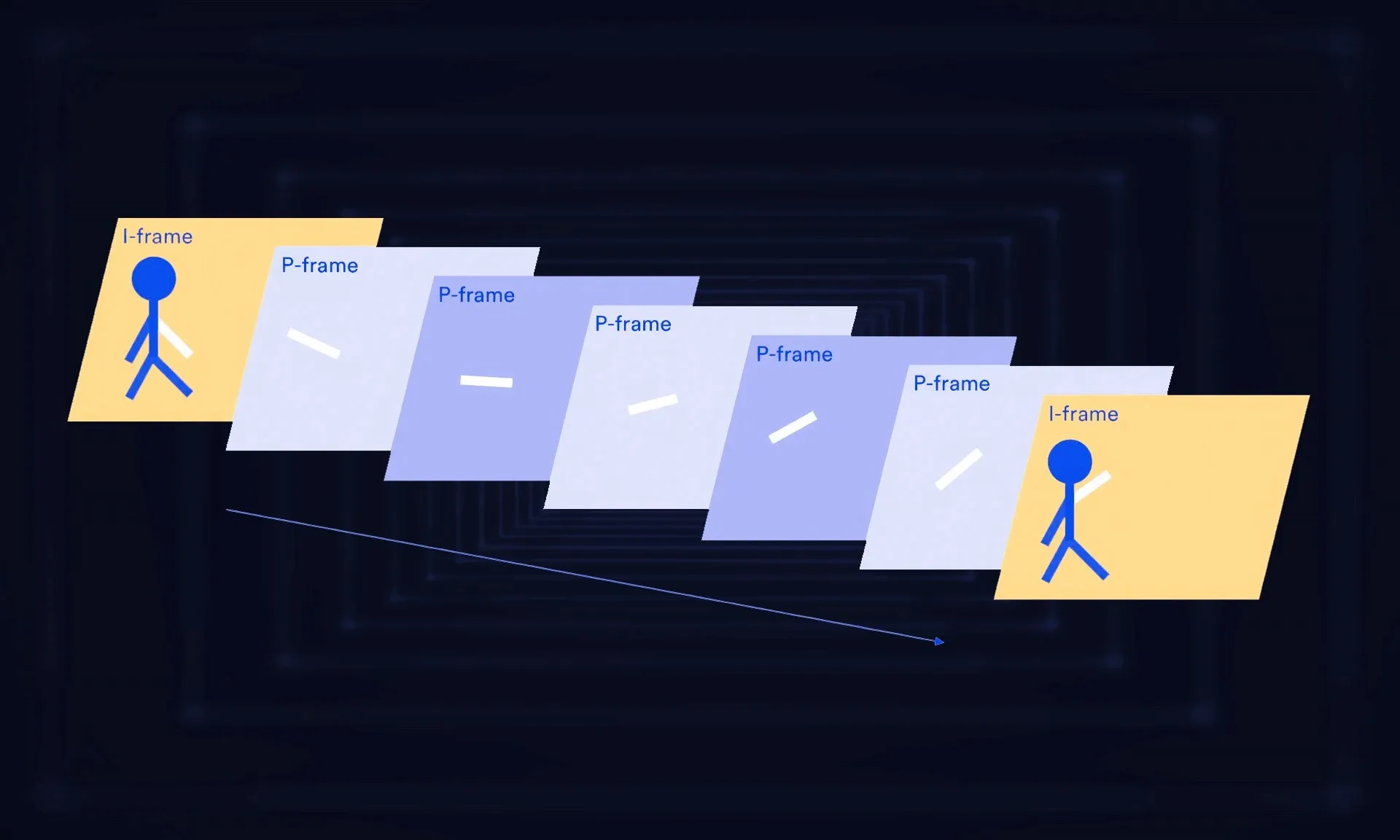Are you an avid YouTube viewer, or perhaps an aspiring content creator? You may have noticed that some videos suffer from a decrease in quality when featuring scenes with snow or confetti. In this beginner-friendly guide, we'll unravel the reasons behind this phenomenon and delve into the world of video compression techniques and modern encoding.
Understanding Interframe Compression
Interframe compression is a nifty video compression technique that takes advantage of the similarities between consecutive frames in a video. Instead of encoding each frame independently, it analyzes the differences or motion between frames and encodes only the changes.
This efficient method helps reduce the overall file size by eliminating redundant information and focusing on what has changed from one frame to another. In other words, it's like a smart detective that only reports what's new in a scene, rather than describing the entire setting every time.
This approach enables more efficient video compression and allows for higher compression ratios while maintaining video quality. It's a crucial tool in the world of digital media, helping videos reach your screens without hogging all the bandwidth.

The Role of Modern Encoding
Modern encoding takes video compression to the next level. It employs advanced compression algorithms and techniques to efficiently encode and compress digital media, including videos, images, and audio. Some of the prominent video encoding methods you might have heard of are H.264, H.265 (HEVC), VP9, and AV1. These algorithms work their magic to reduce file sizes while ensuring high-quality playback.
Thanks to modern encoding, we can enjoy seamless streaming, efficient storage, and smooth transmission of media content across various platforms and devices. It's the technology that makes our digital experiences all the more enjoyable.
YouTube's Dynamic Bit Rate Adjustment
When you upload a video to YouTube, the platform automatically adjusts the video quality based on the viewer's internet connection. This dynamic bit rate adjustment ensures that viewers with slower connections can still enjoy your content without annoying buffering interruptions. So, while you might upload your masterpiece in its full glory, not everyone might see it that way.
Now, let's get to the heart of the matter: how snow and confetti can impact your video quality on YouTube.
The Snowy Challenge
When your video features scenes with snow or confetti, it introduces a high level of motion in the video frames. Think of it as a sudden burst of chaos in a serene landscape. This noise and motion can make it challenging for interframe compression algorithms to accurately detect and encode the differences between frames.
In simpler terms, the detective is faced with a scene that's constantly changing, making it hard to pinpoint what's new and what's not.
As a result, the compression efficiency decreases, and the file size increases. The algorithms struggle to find consistent patterns or motion vectors in the snow-covered areas, leading to less effective compression.
Some of you may ask: does this only apply to snow and confetti? It doesn''t only apply to them, but also to any scene where there is a lot of movement in the scene. Snow and confetti are just very popular examples where video compression algorithms may struggle to reduce video size while maintaining high quality without artifacts.
5 Smart Takeaways:
Interframe compression focuses on differences between consecutive frames, making video compression more efficient.
Modern encoding uses advanced algorithms to compress digital media while maintaining high-quality playback.
YouTube automatically adjusts video quality to match the viewer's internet connection speed.
Noise and motion can make interframe compression less effective in scenes with snow or confetti.
Snow, confetti, or any kind of scene where there's a lot of movement can lead to a decrease in compression efficiency and an increase in file size.
In conclusion, the next time you see a snowy or confetti-filled scene in a YouTube video, you'll understand why the video quality might not be as crisp as you'd expect. These scenes challenge the compression algorithms and impact the overall viewing experience.
As technology advances, we can hope for even smarter compression techniques to tackle these challenges and bring us higher-quality videos, regardless of the weather conditions on screen.
Happy watching! ❄️🎥📺


